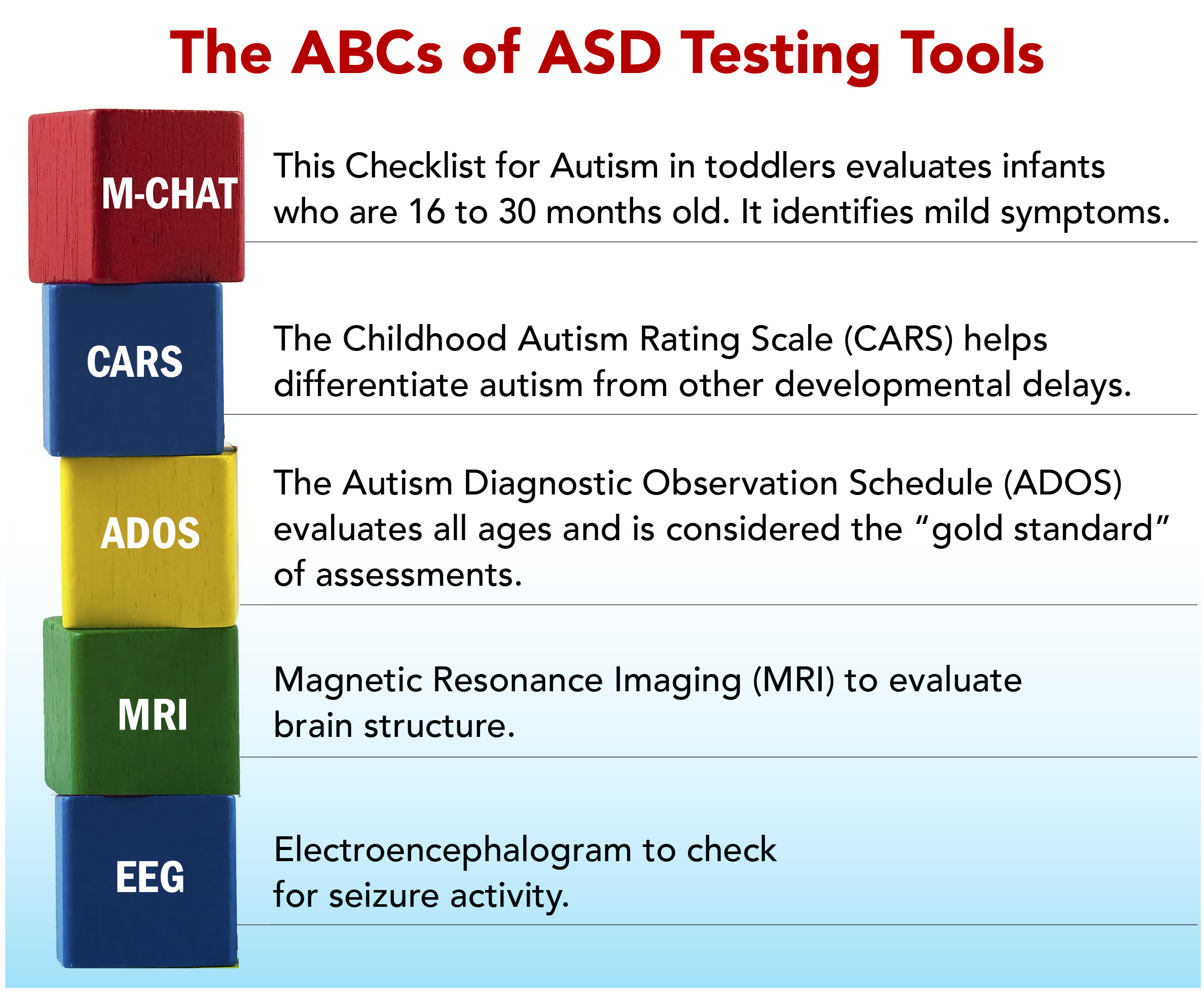
Complete Guide On The Growth Rate Of The Various Problems
“I never thought I would live to see the day when a child could be considered autistic.” My mother said this to me in 1992, as we sat on her living room couch. She was referring to my younger brother, who had just been diagnosed with Asperger’s Syndrome. This is a diagnosis that was not even around back then. It wasn’t until 1994 that it became an official disorder; one of the first ones to receive a name and diagnosis. Nowadays, nearly two decades later, autism has become the fastest growing disability in America. According to the CDC, 1 out of 50 children have some form of Autism Spectrum Disorder (ASD). The rate of diagnoses continues to increase by about 10% each year. In fact, it’s predicted that by 2025, there will be more than 3 million people in the United States with ASD. That means that if you’re reading this right now, there’s a good chance that at least one member of your family may be affected.
A person can plan to choose the solution of the problem that they are facing. They can feel free to see examples here. Having the detail of the example will take the person to the better goals. The main motive of the people is to be productive in nature and work to take the future goals in the effective and efficient manner.
One reason for this growth in numbers is because parents are finally becoming aware that they need to ask questions. The truth is, autism isn’t something that happens overnight. You can’t tell by looking at someone whether or not he or she is autistic. The symptoms often don’t show up until age three or four, but can manifest themselves much earlier. Because of this, many parents aren’t sure what to look for, so they wait. When things start to get worse instead of better, the truth comes out – and unfortunately, most times, it’s too late to do anything about it. Many families feel like they’ve failed their child.
When my brother was diagnosed in 1993, his school district provided him with some services, including speech therapy. However, after a while, they stopped sending him. Even though he was still struggling to communicate in any way that made sense, they didn’t think he needed extra help. After all, he was learning to talk.
So, how did he learn to talk? By talking to himself. He’d repeat everything over and over again. His teachers called this “echoing”. One day, his teacher told us that if he kept doing this, they were going to have to place him in special education classes. My mother knew that this meant that our family was failing him, which only served to make matters worse.
I remember being confused. How could he possibly be autistic, since he was learning to speak? But, he wasn’t speaking. He was simply repeating everything he heard. We tried to figure out why, but eventually gave up. We couldn’t understand how anyone could fail to recognize the signs.
That same year, my cousin’s daughter, who also had autism, started kindergarten. Her parents decided that they wanted her in regular classes, but they weren’t sure how to go about it. So, they contacted the local special education department. They explained that their daughter was repeating things, and asked them for advice. They suggested that she attend special education classes. My cousin’s mother was horrified. She felt that she was failing her daughter. She worried about how they were going to pay for private tutoring. My cousin’s father didn’t agree. He thought it was ridiculous that her daughter wouldn’t be able to learn anything without constant supervision.
My cousin took her child to the doctor. The doctor looked at her daughter and said “Oh, you poor thing! What a horrible problem!” She put her on Ritalin, which made her hyperactive. Then, she prescribed another drug, which helped her sleep. Both drugs were intended to calm her down, but neither worked. Then, the doctor told them that she was going to send them home with a prescription for Prozac. My cousin’s mom freaked out. No medication was ever going to help her daughter! Why was the doctor suggesting medications? And, how could she possibly know what kind of medication would work best?
Eventually, the school district agreed to let my cousin’s daughter stay in regular classes. It took a few years before the school found a therapist who specialized in children with autism. Then, they began working closely with her teacher. Slowly, her communication skills improved. She learned how to play with other kids and interact with adults. She started to develop friendships. Gradually, she began to talk more. Eventually, she started to show improvement in other areas as well.
As time went on, she continued to improve. She graduated from high school and went off to college. Today, she lives independently and works part-time. She has no trouble communicating, and is happy and healthy. Her life has improved tremendously because of the hard work and dedication of her teachers and therapists.
In my opinion, the school system was wrong for not recognizing my brother’s needs sooner. I believe that he would have done better if his teachers had taken the initiative. If you suspect that your child is experiencing difficulties, it’s important that you contact the proper authorities. This doesn’t mean that you have to take your child out of public school. Some schools offer programs specifically designed to meet the needs of children with disabilities. Others provide specialized one-on-one instruction. All you really need to know is that your child needs help.
If you’re still unsure of what to do, consider getting a second opinion. There are many resources available today that specialize in diagnosing and treating children with developmental delays. Ask your pediatrician or local health care provider for referrals. Also, consult with an occupational therapist, neurologist, psychologist, psychiatrist, or social worker. Don’t hesitate to get a second opinion. Your child’s future depends on it.



